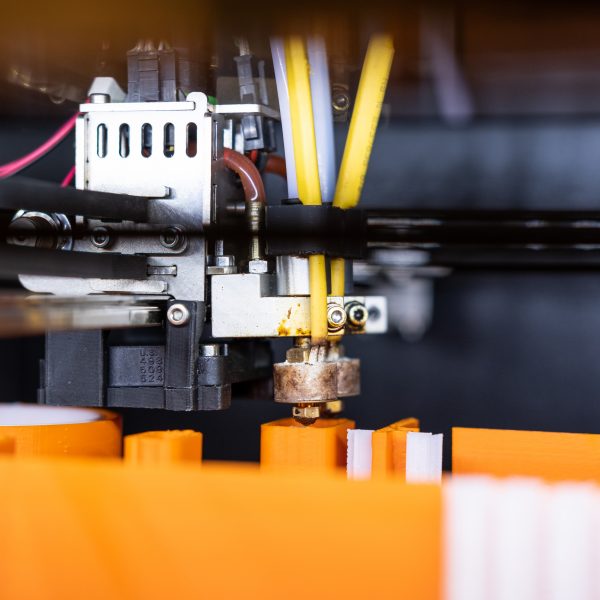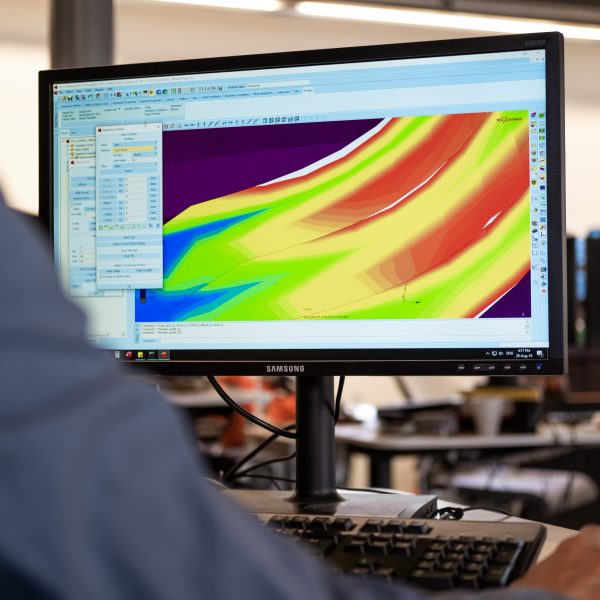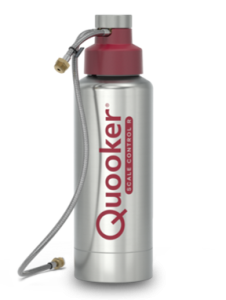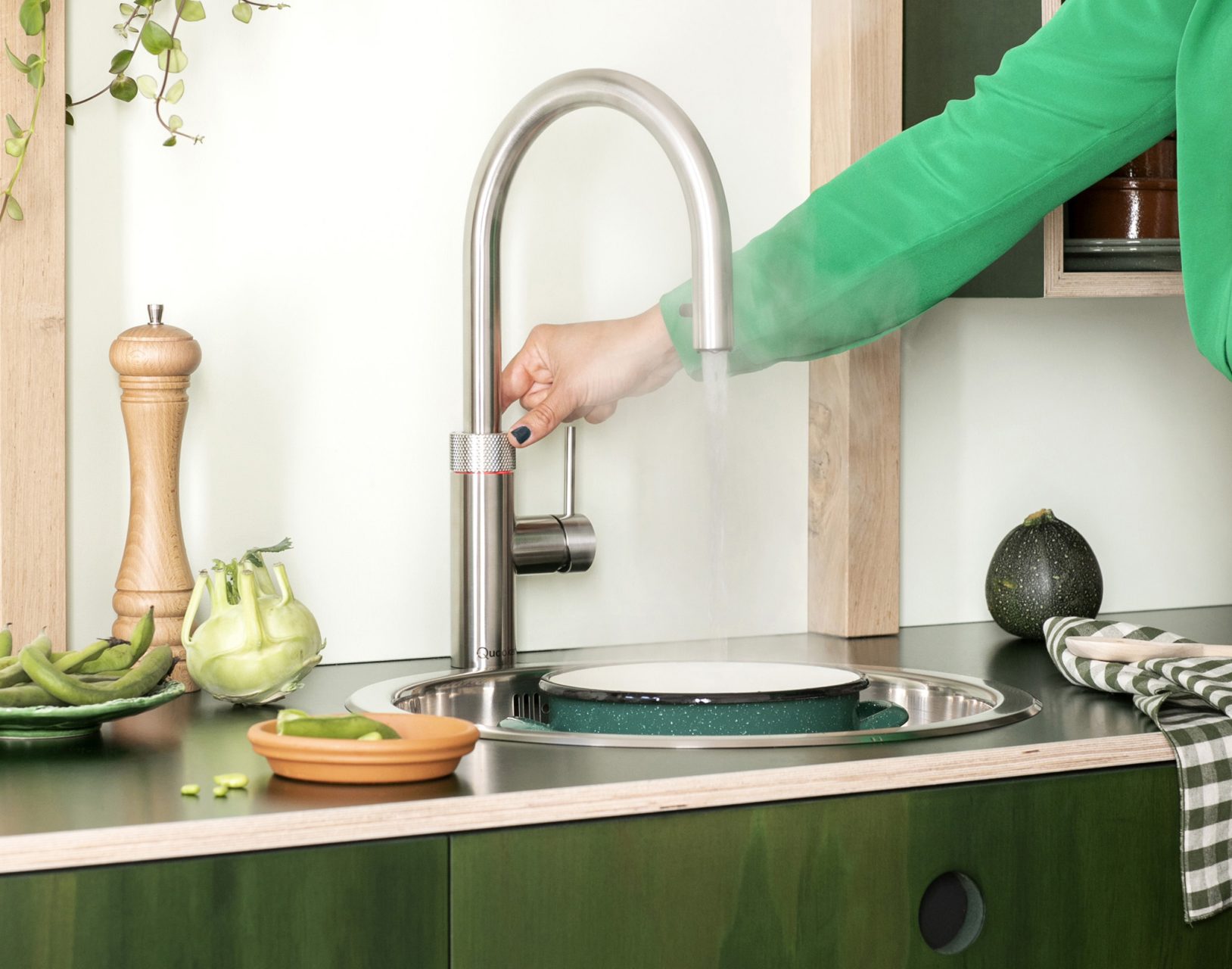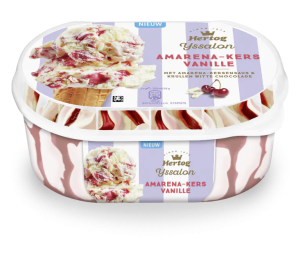
Ice cream packaging
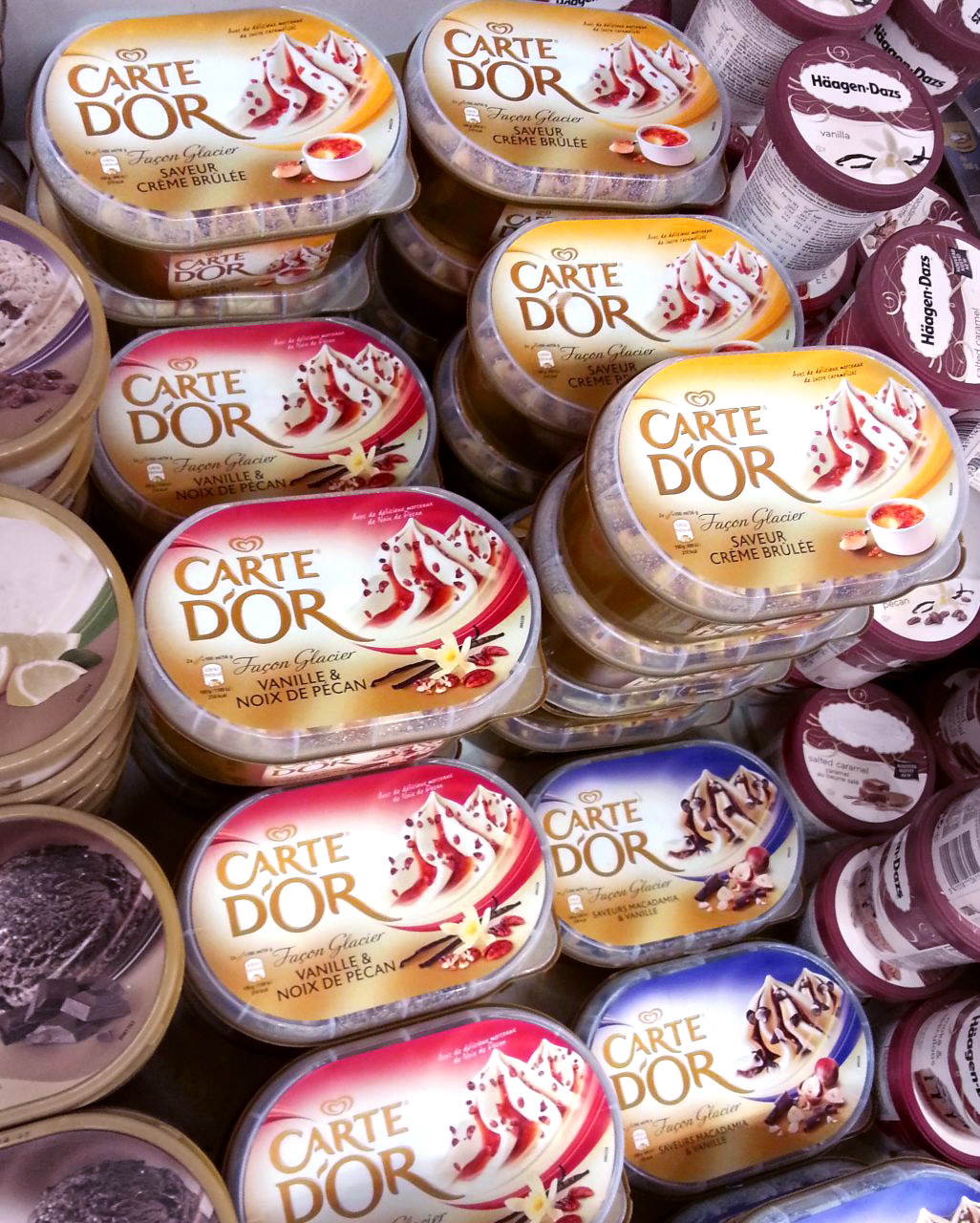
Unilever is one of the world’s leading fastmoving consumer goods companies. BPO has developed an ice cream packaging for the brands Hertog, Carte d’Or and Cremissimo. The packaging excels in appearance, but above all in efficiency for Supply Chain. The polypropylene tub and lid are lightweight, excellently nestable and stackable and can be efficiently distributed on several pallet sizes.
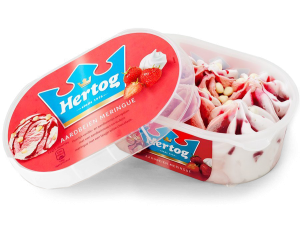
BPO developed the ice cream pack from the initial design up to release for mould construction. The project was accomplished in close collaboration with Unilever R&D and packaging suppliers.The primary function of the packaging is to transport and present the ice cream. Therefore transparency and protection of the “ice cream architecture” were key requirements when developing the packaging. The ice cream rosettes are visible through the domed and transparent lid, but may not be damaged during transport and storage. At the same time, the package must contain a minimum of void space and material usage must be minimised. The high speed filling lines also put high demands on the packaging: the tubs should denest without problems, stability on conveyors is important and tolerances for lid assembly are critical. These are just some of the many development aspects translated by BPO into a good and mostly efficient product.
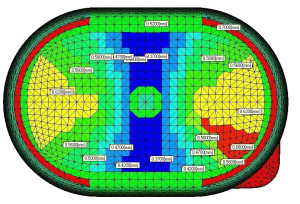
Flow leaders in the lid
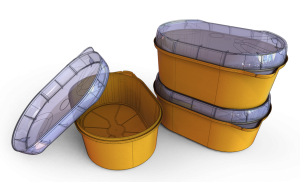
CAD models
Subtle differences in a packaging being produced in large numbers have a big impact on the performance of the product and the aim of Unilever to reduce waste and packaging weight. Throughout the project BPO has simulated critical load cases using finite element analysis; ranging from usage and stacking loads till drop tests at low temperature. On the one hand this quantified the packaging performance; on the other hand design decisions were made based on the simulations during the development process.
By using advanced injection moulding simulations wall thickness are put to an absolute minimum and flow leaders (smart wall thickness variations in products) were designed so multi cavity moulds can be filled. BPO integrated the simulated FEM and Moldflow optimisations in the final design which is used for the production of the moulds.
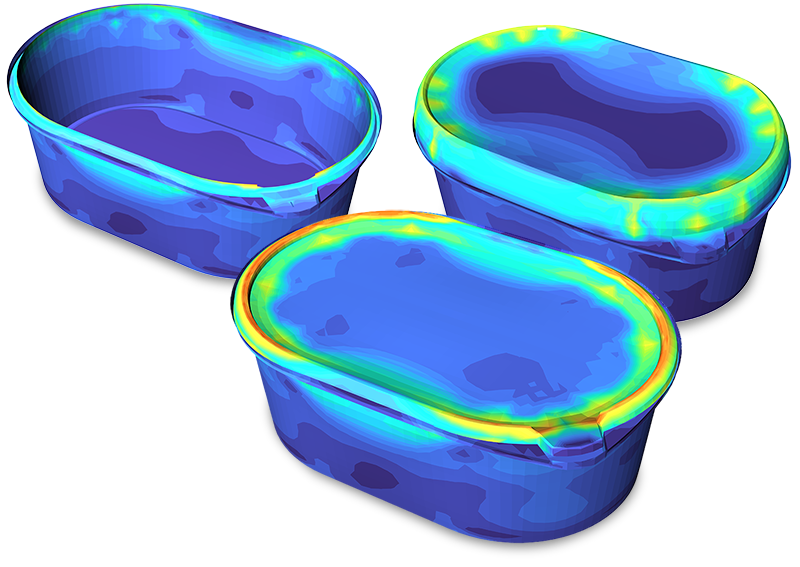
FEM simulation results of the tub and two different lids
Packaging development requires a specific approach. From the beginning of the development BPO keeps an eye on production requirements and transport efficiency of the design. This results in an optimal product fulfilling all requirements throughout the life cycle.
Gebruikte diensten
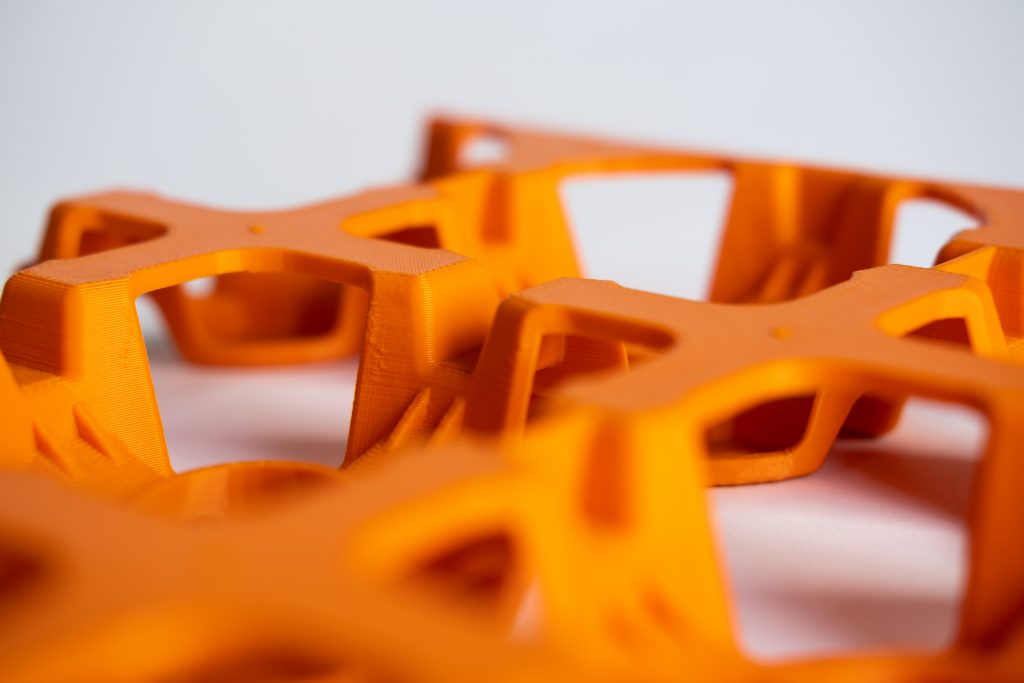
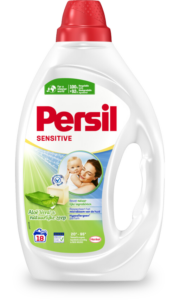
Laundry detergent bottles

